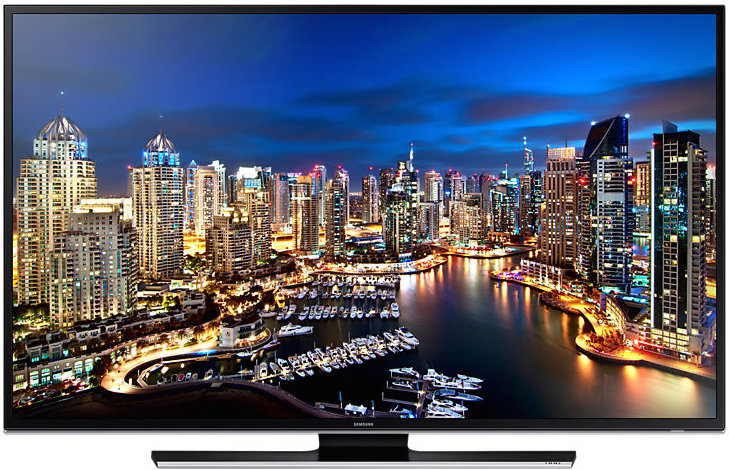
TV shopping has always been tricky, with endless new terms and features such as today’s buzzwords of HDR TV and 4K UHD TV. We’re at the turning point where 4K TVs are coming down in price and becoming a viable option for everyone. To catch you up, 4K TVs provide more pixels and deeper colour palette for a more detailed picture. Mixed in with 4K TVs is the term HDR, and it offers a further improvement in picture quality.
HDR, or High Dynamic Range, offers more brightness or ‘luminance’ levels in pictures – you get more details in dark sections as well as light sections. High-end smartphones accomplish this by taking multiple pictures and then combining them into a more detailed picture. This way detail isn’t lost in shadows or washed out in bright areas.
HDR is the similar in video. Manufactures are starting to make HDR TV sets available with more dynamic range in the brightness, e.g. 10 times the luminance levels. This brightness range isn’t meant to be just bright, but more importantly, be better at displaying increments of  brightness from deep black to bright white. This should translate into a more realistic, natural picture. For example an outdoor scene with HDR should allow us to see more detail in the shadows below a tree as well as the texture of clouds. With current HDTVs, this would basically be just darkness under the tree and uniformly white clouds.
brightness from deep black to bright white. This should translate into a more realistic, natural picture. For example an outdoor scene with HDR should allow us to see more detail in the shadows below a tree as well as the texture of clouds. With current HDTVs, this would basically be just darkness under the tree and uniformly white clouds.
HDR TV often gets mentioned along with 4K TVs, but it doesn’t necessarily need a 4K TV. Although 4K TVs offer more pixels and expanded colour palette, a HDTV would also benefit by having more brightness or luminance levels. Like most things, the higher end gets fancy new features first, and 4K TVs are the higher end right now. HDR could trickle down to HDTVs, but its unlikely as dropping prices and prevalence of 4K TVs will make this a moot point. HDR is a new technology and the standard is still being figured out, but good sets will apply processing to regular video to make it HDR-like. Streaming services like Netflix are working to provide HDR content, and HDR TVs should also be software upgradable when standards do get set.
Hopefully you understand HDR a bit more now, but the real question you may have is if its worth it paying for. If you have the budget for a new 4K TV, then the quick answer is yes. More and more decent, mid-level 4K TVs have some form of HDR, while the high-end models also include better processors to help regular video look better.
